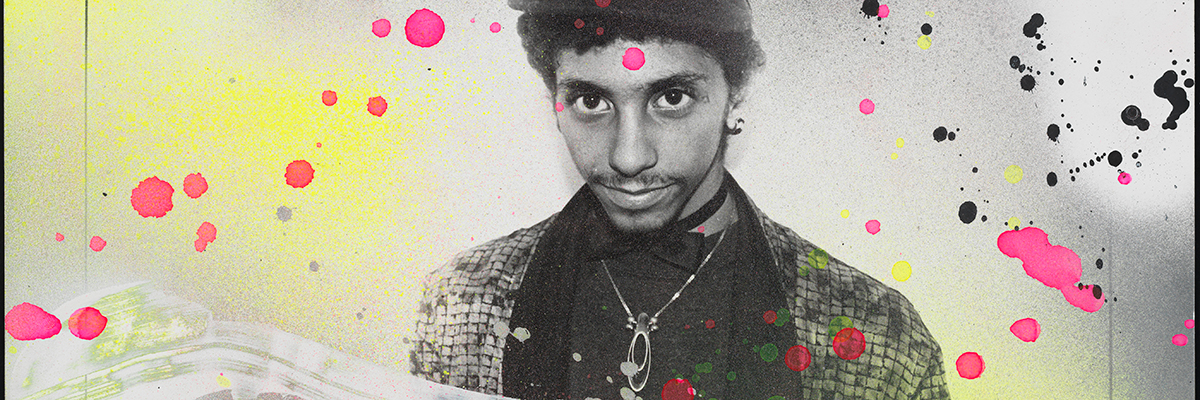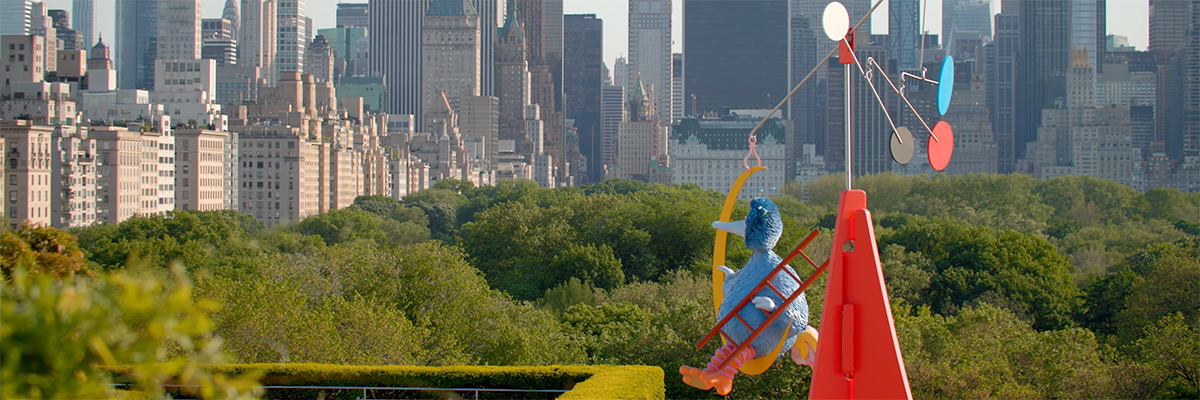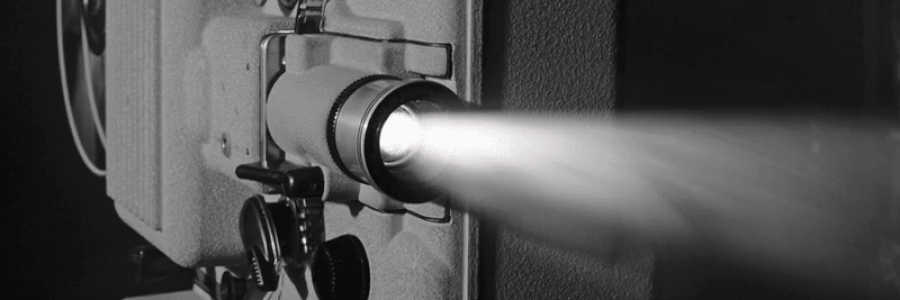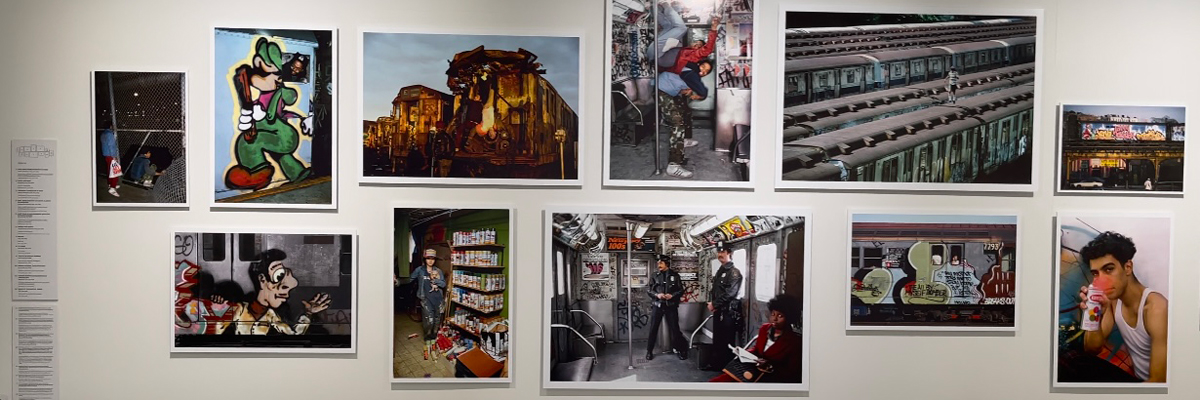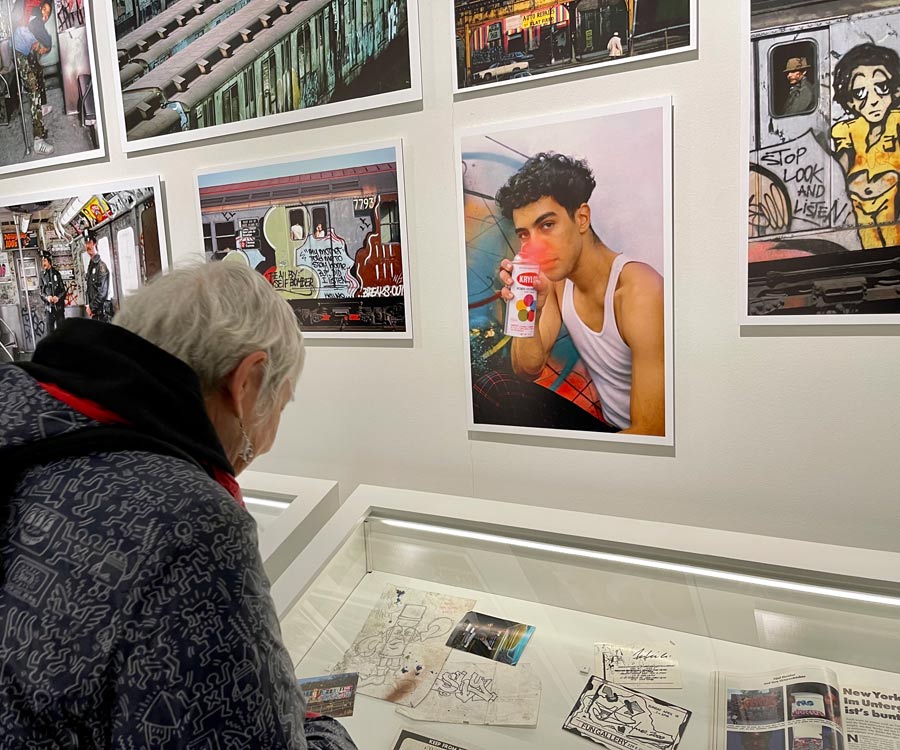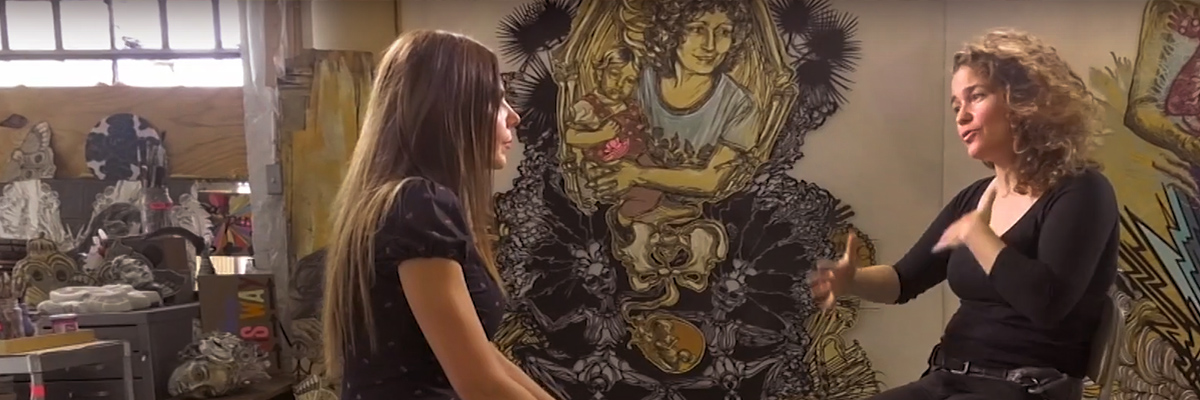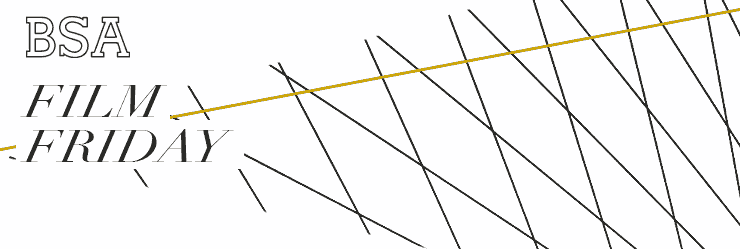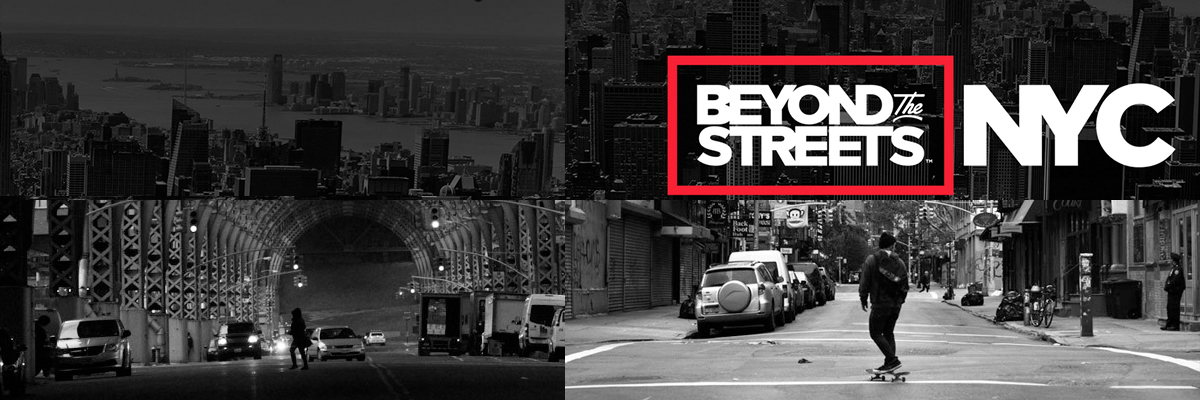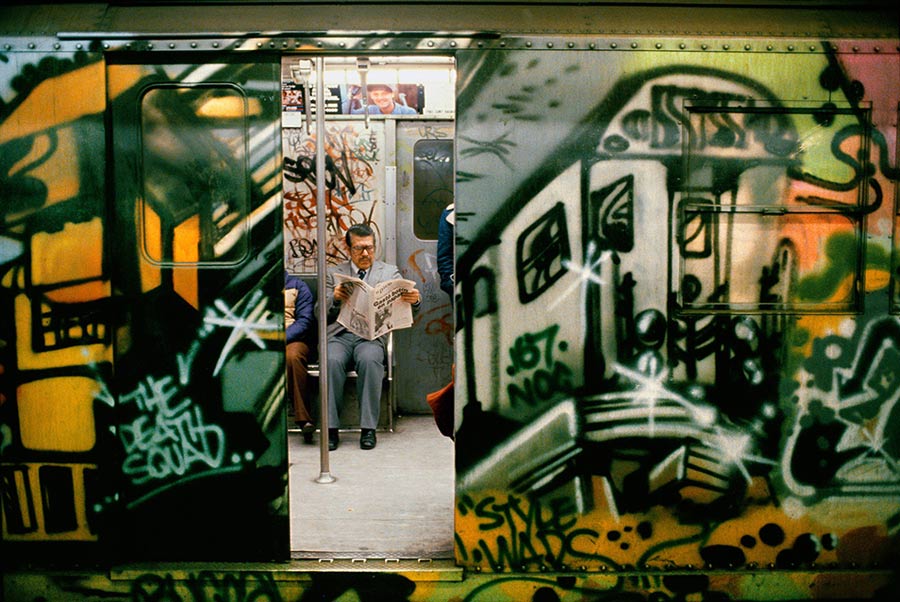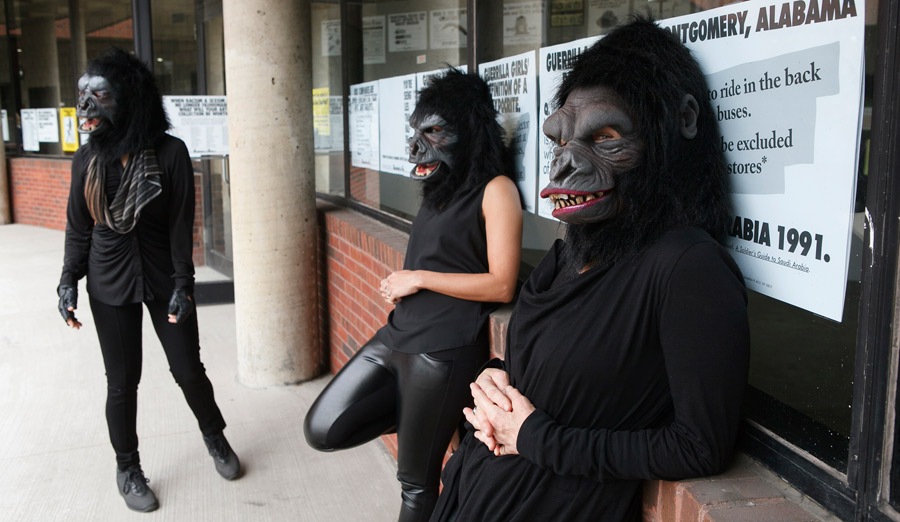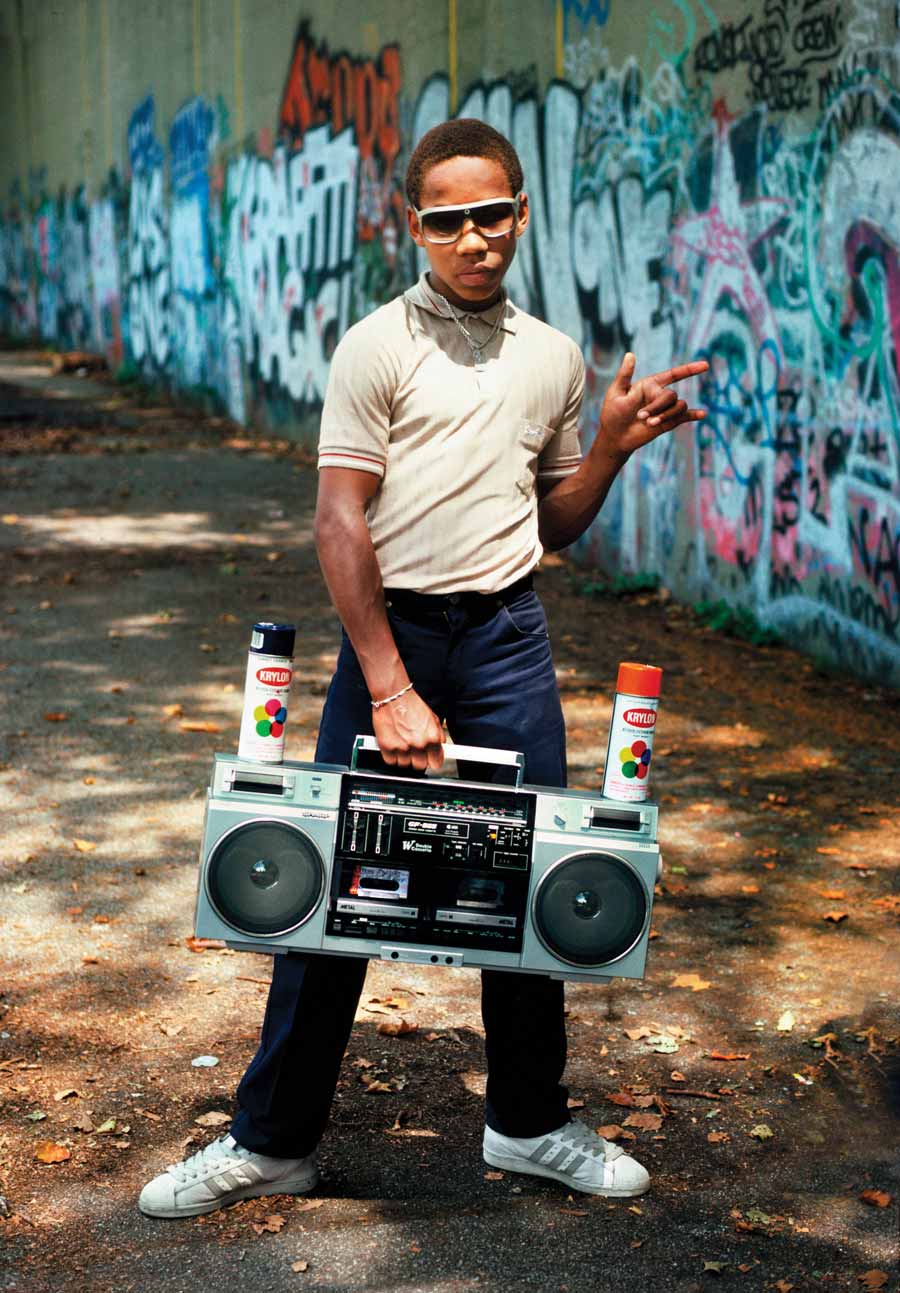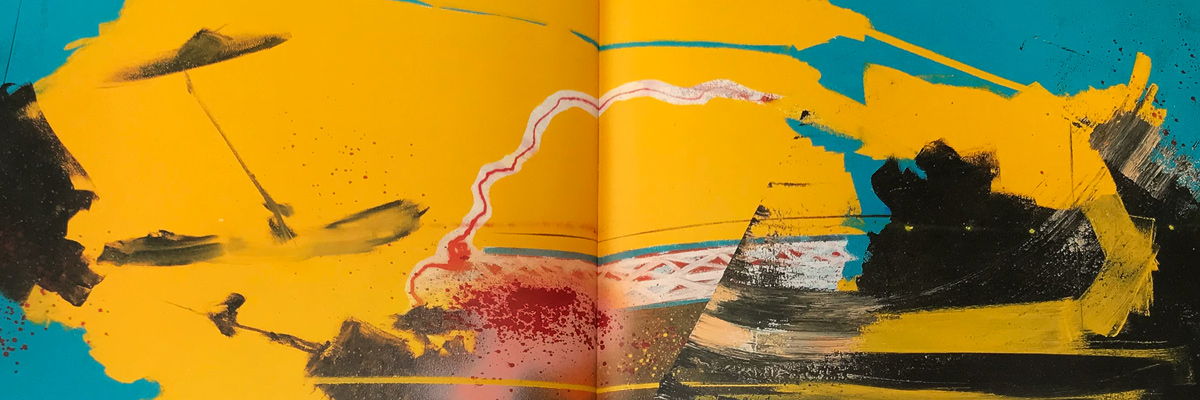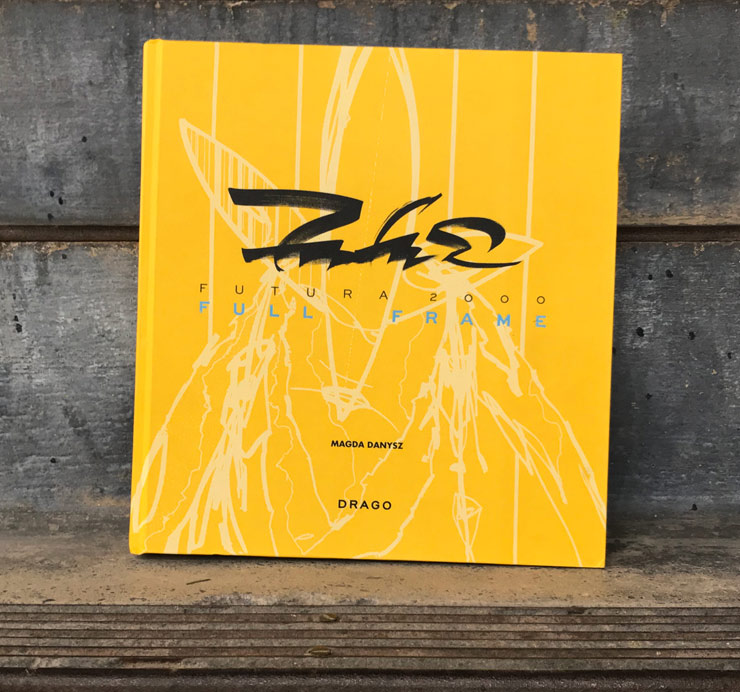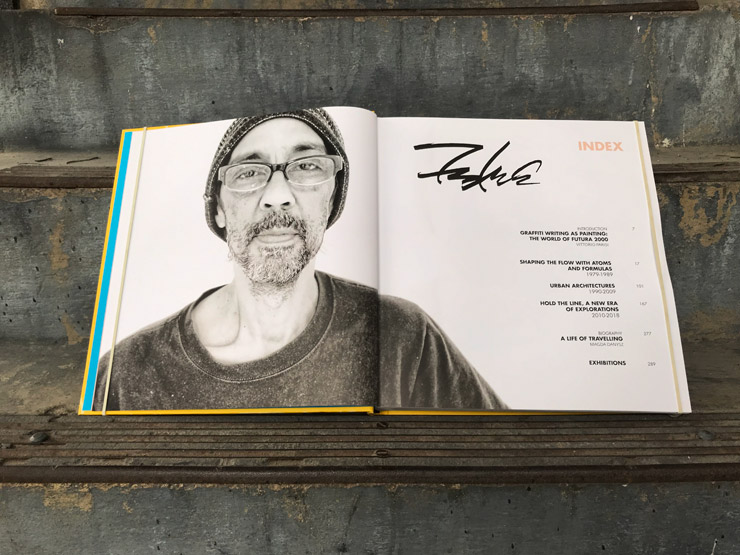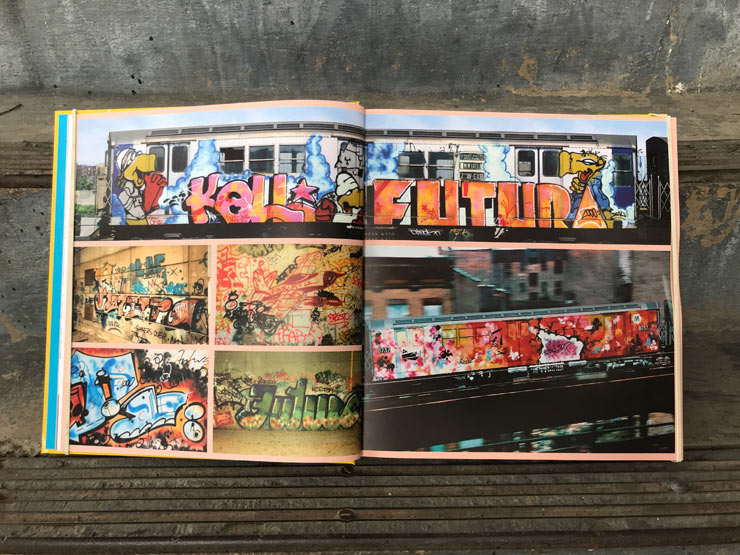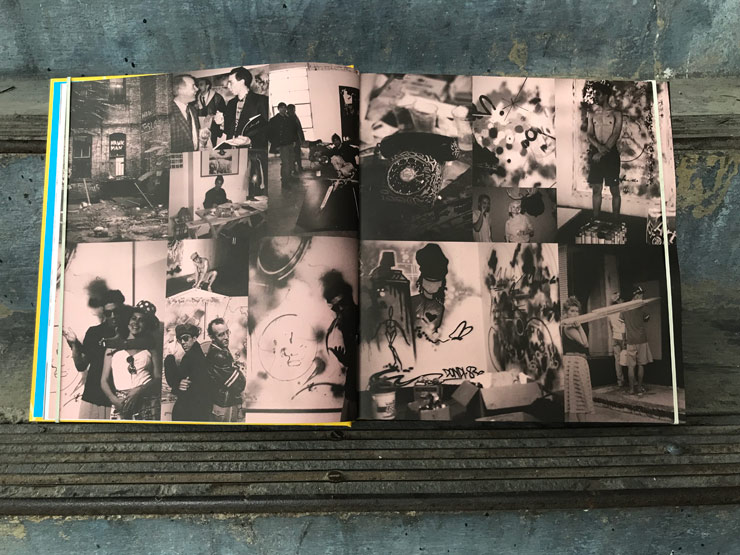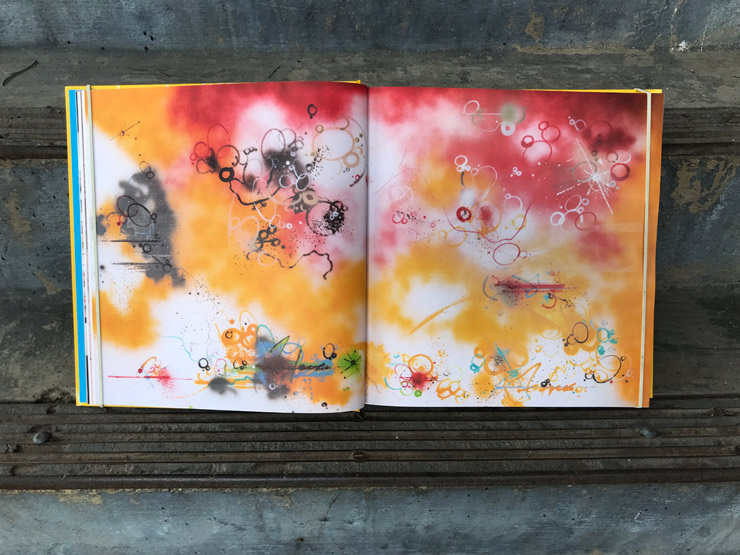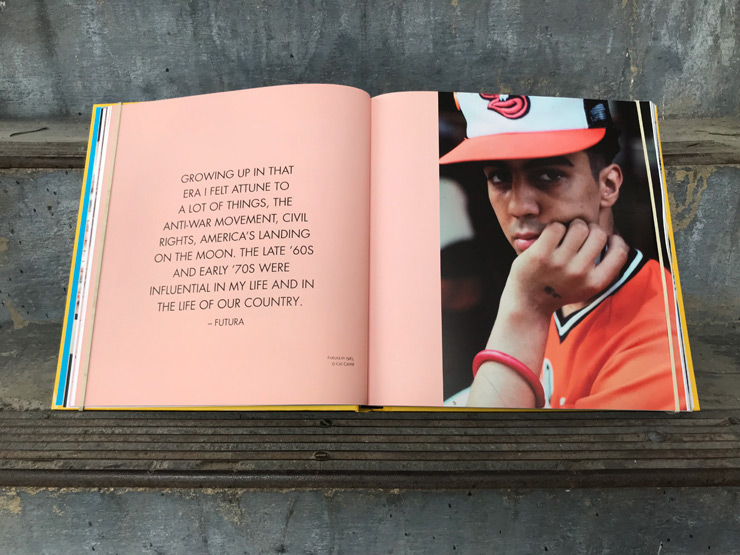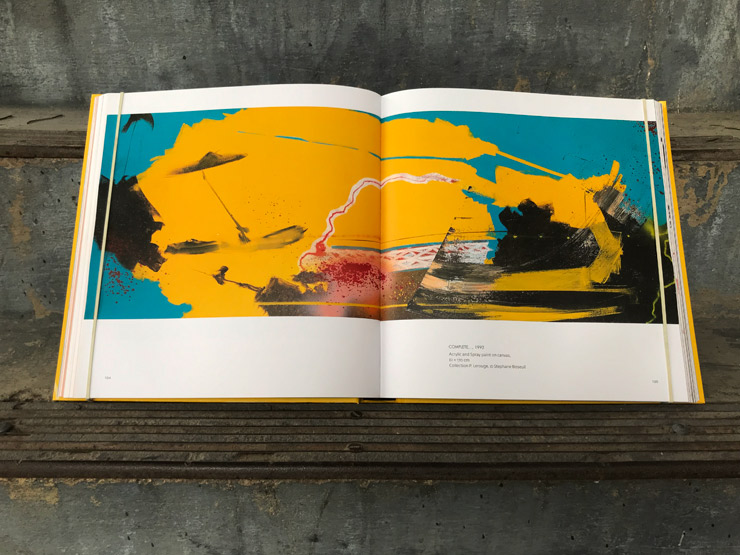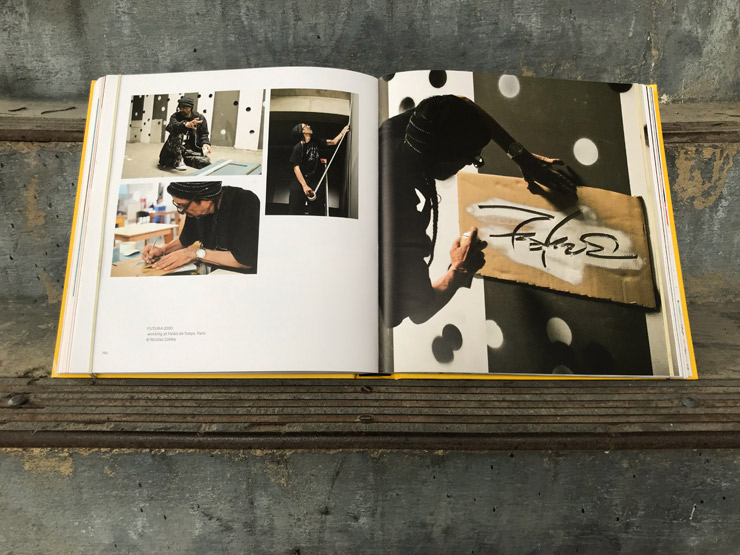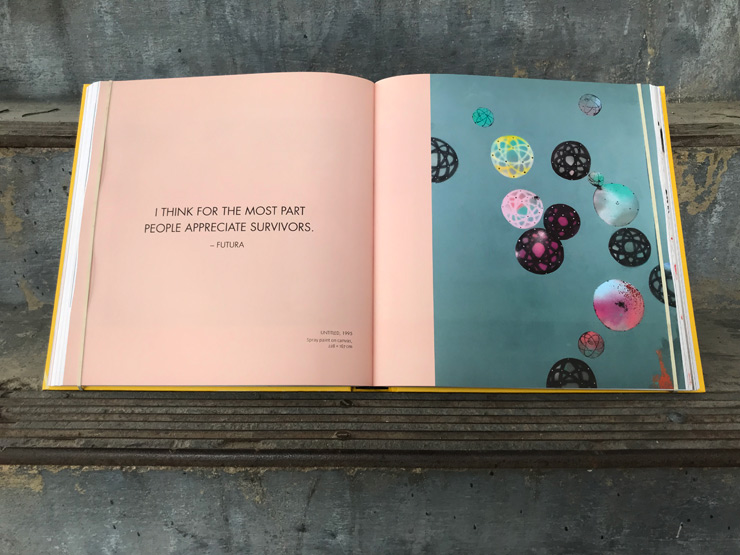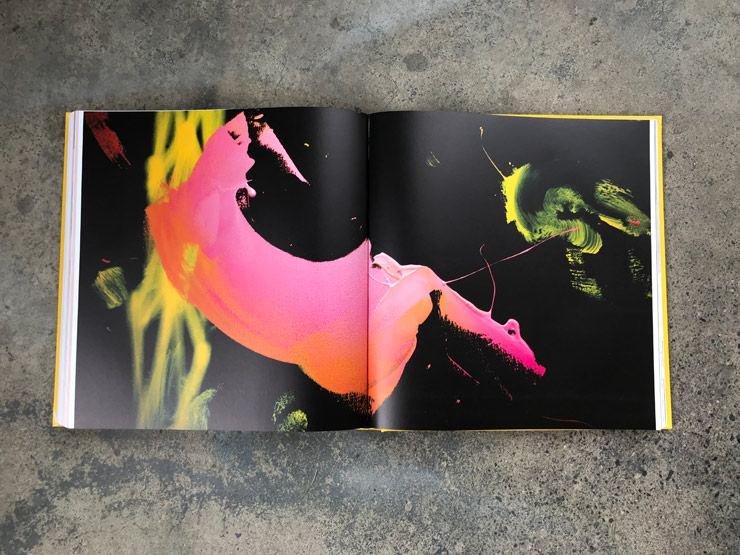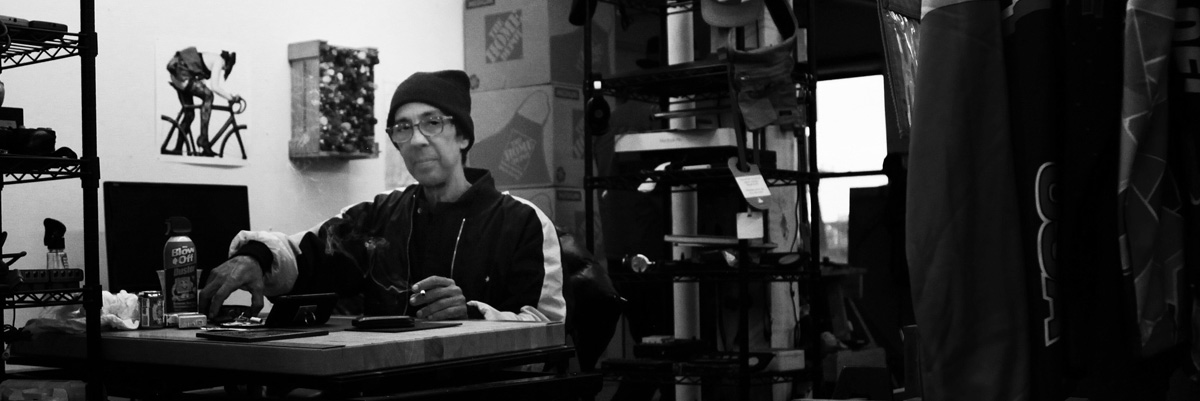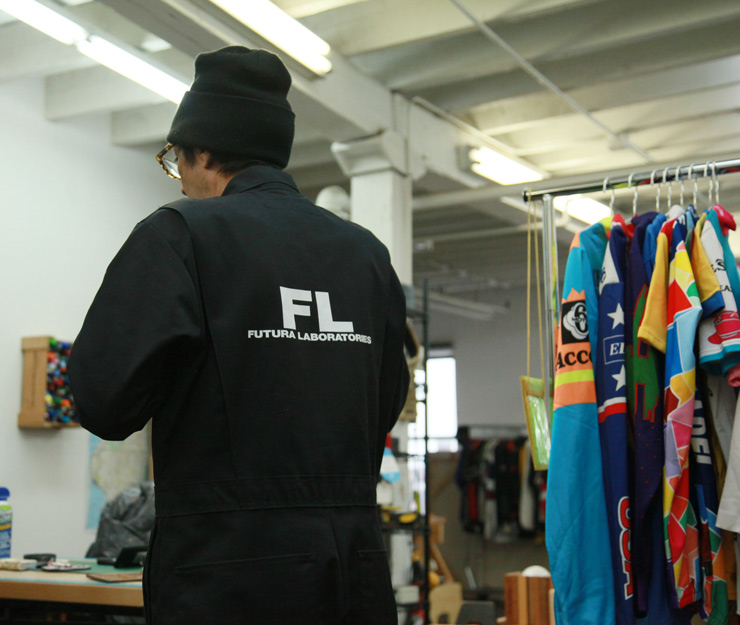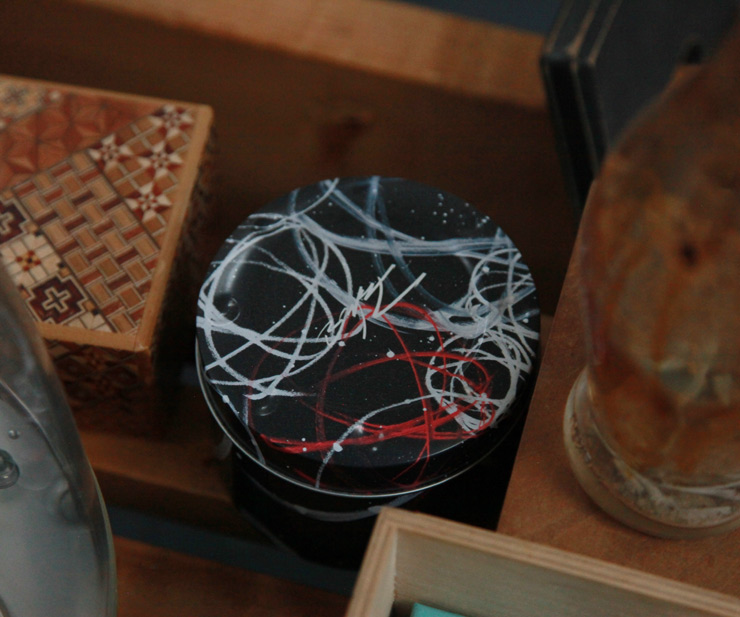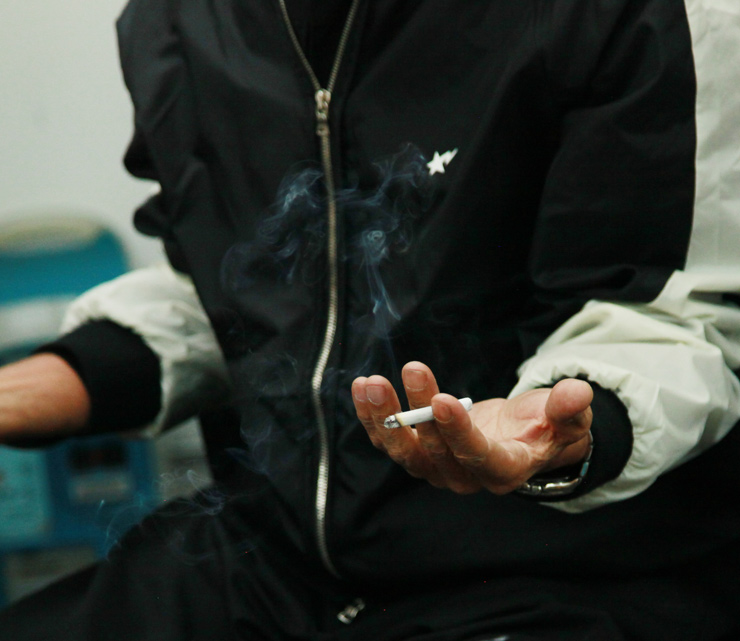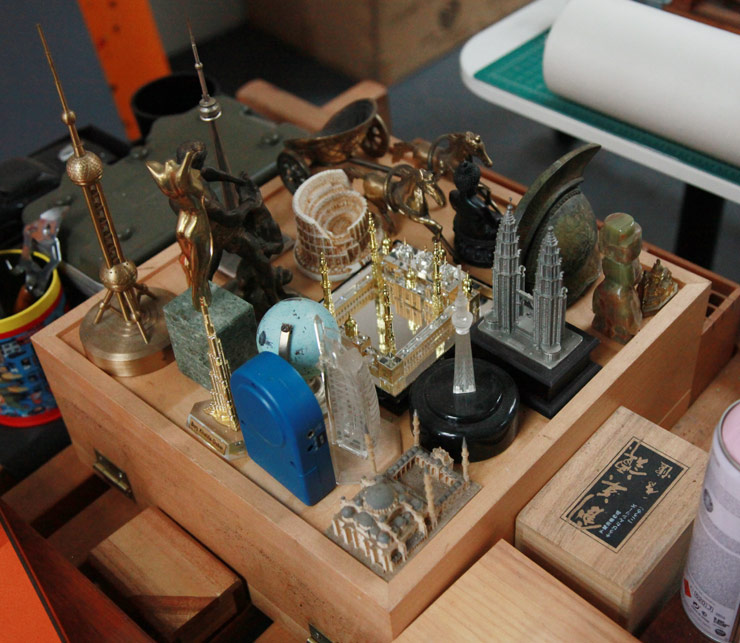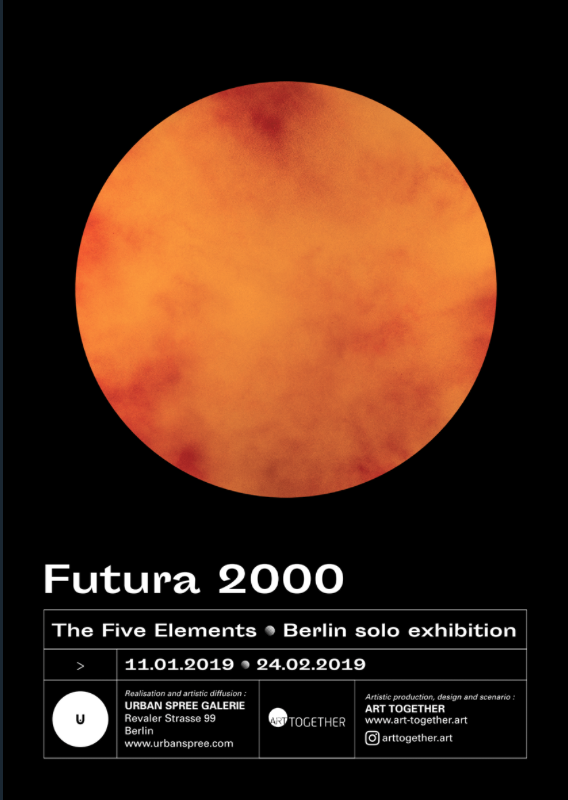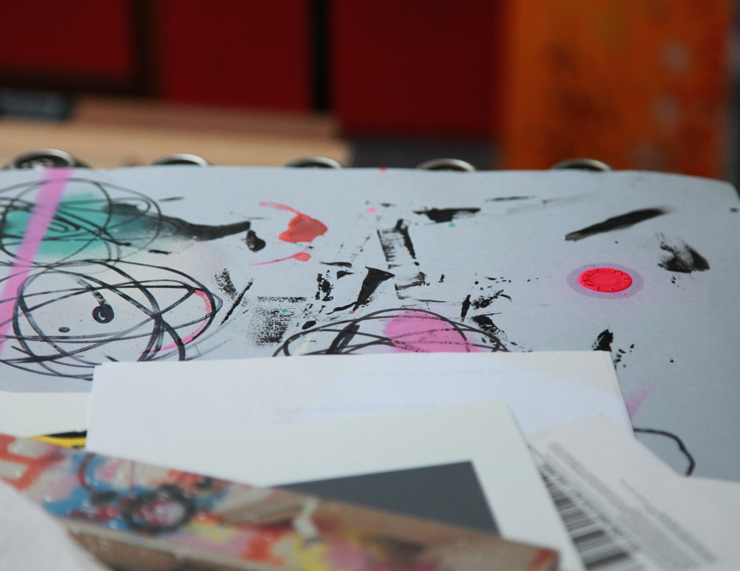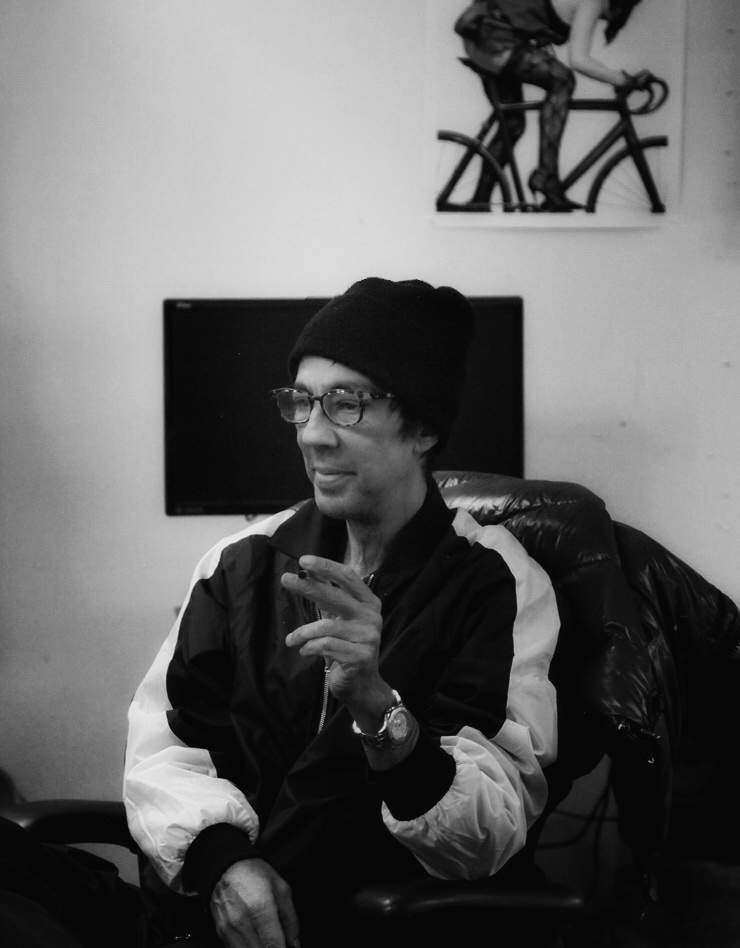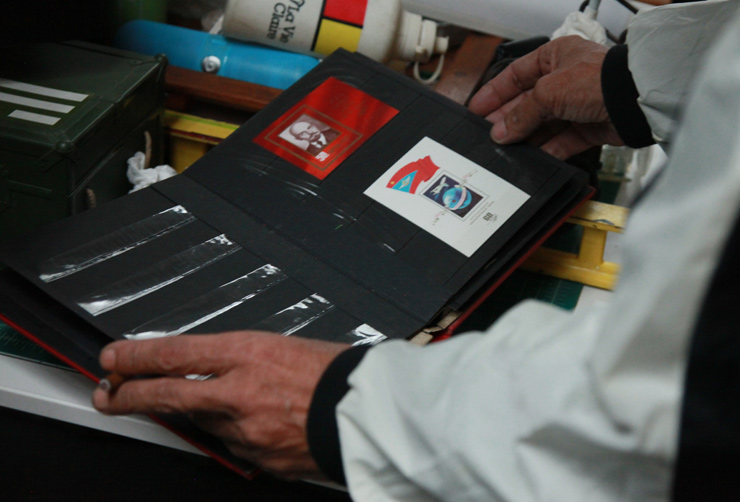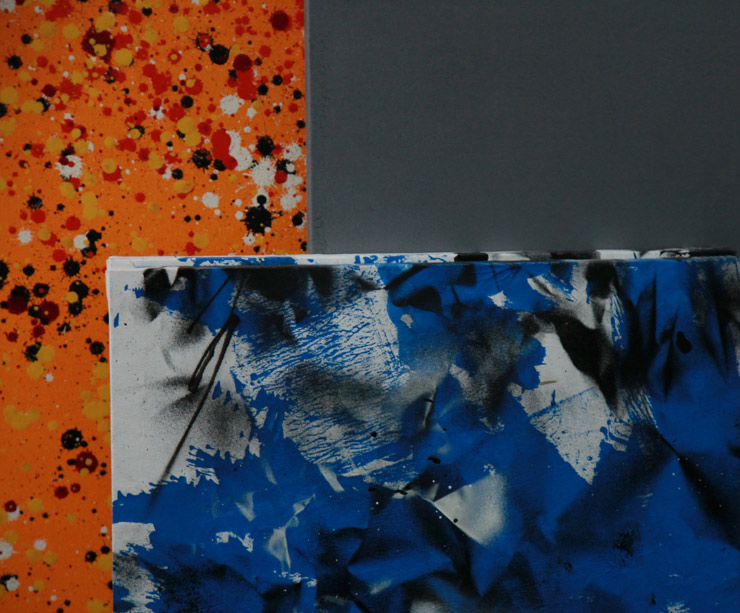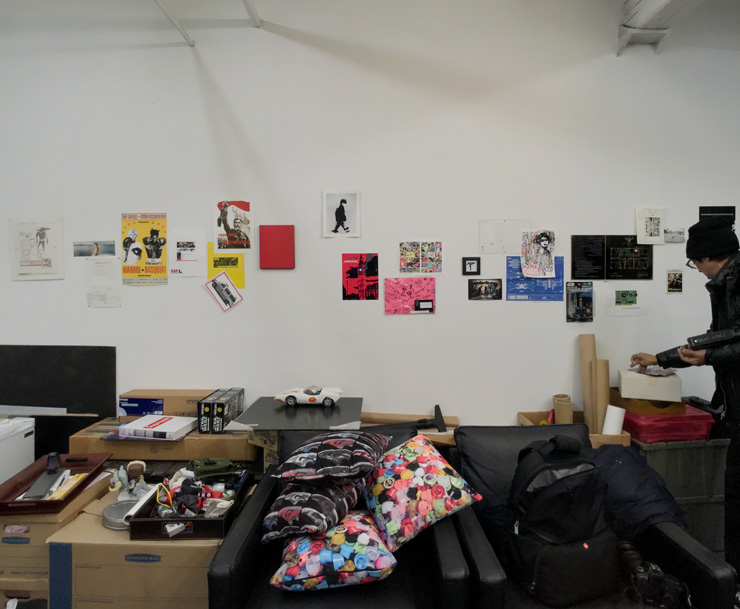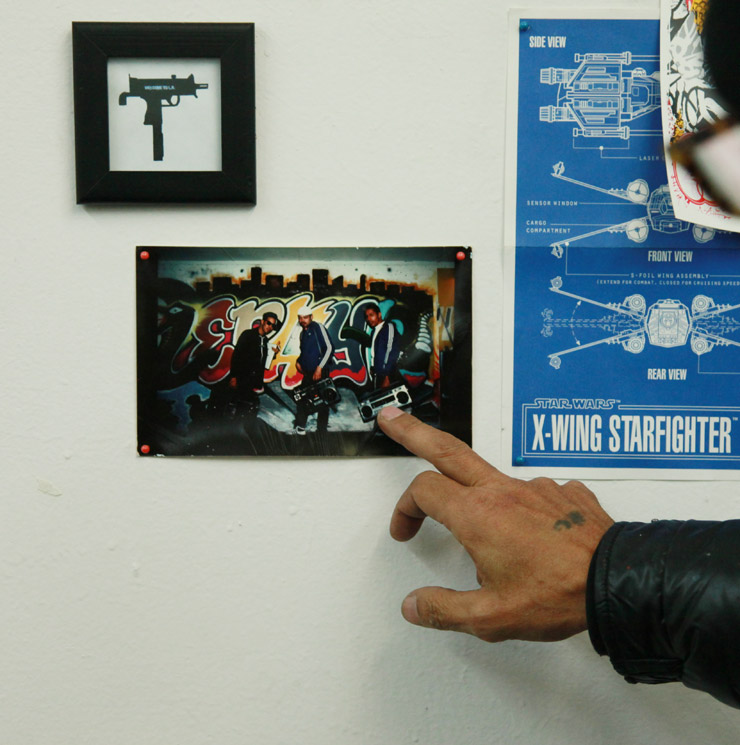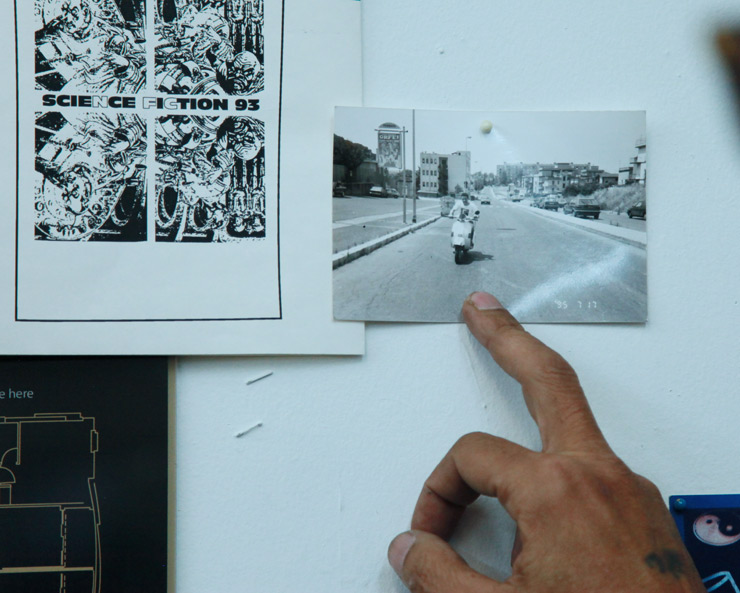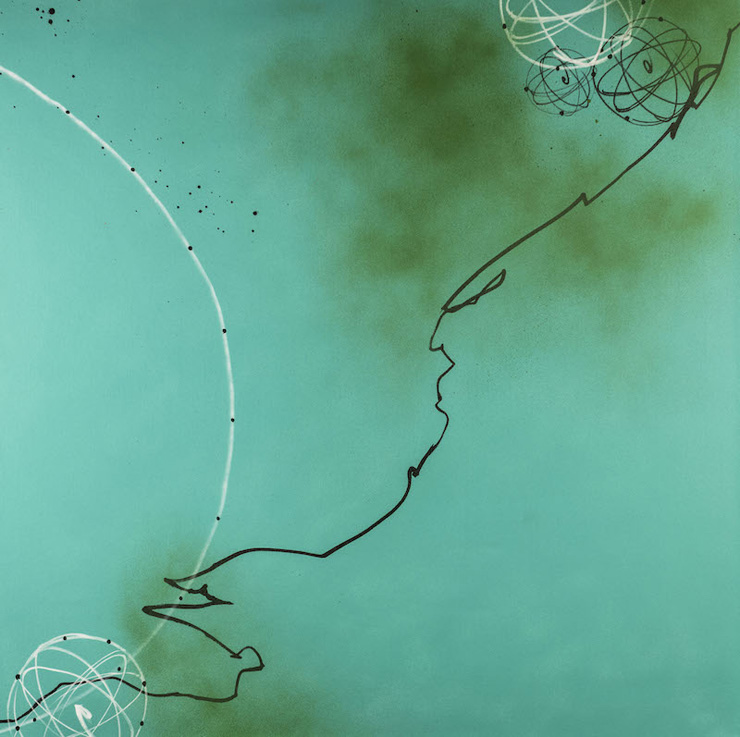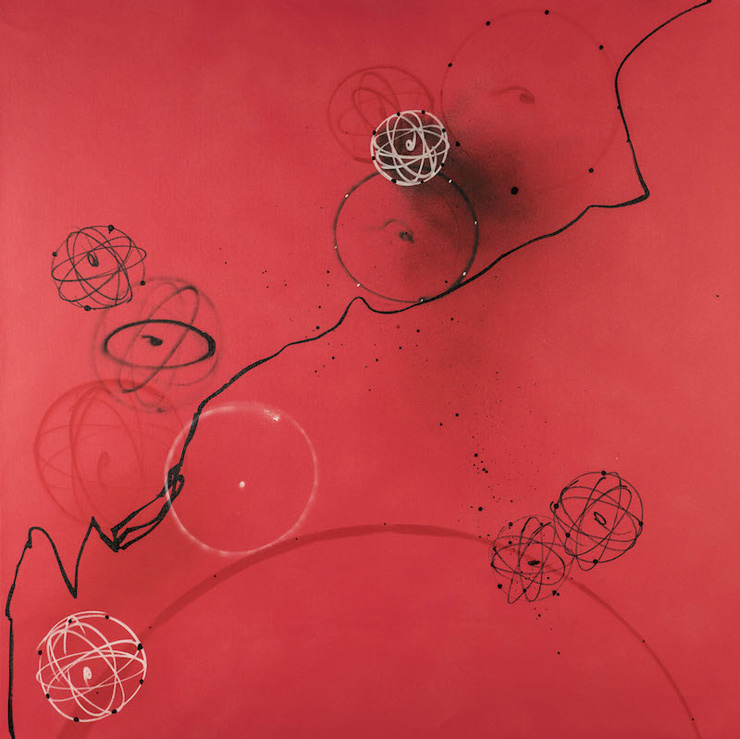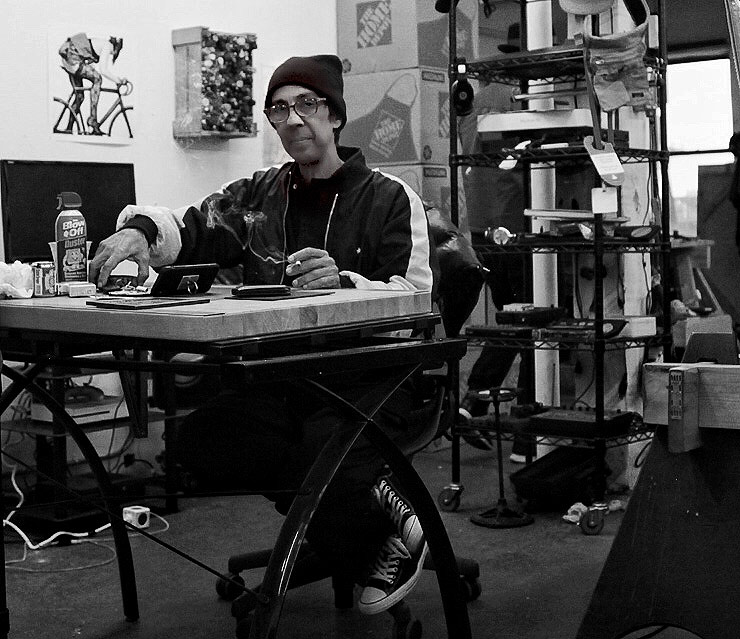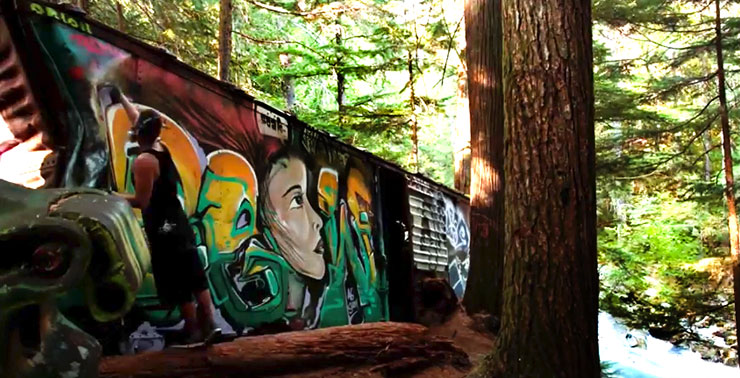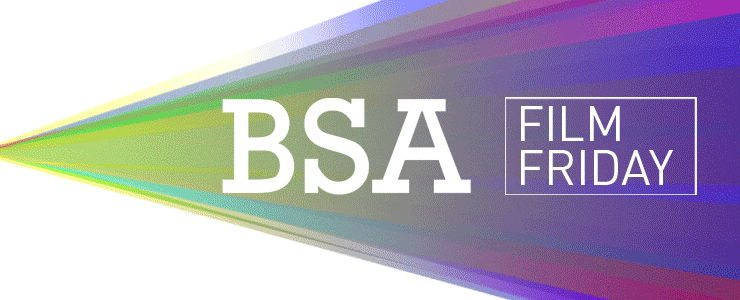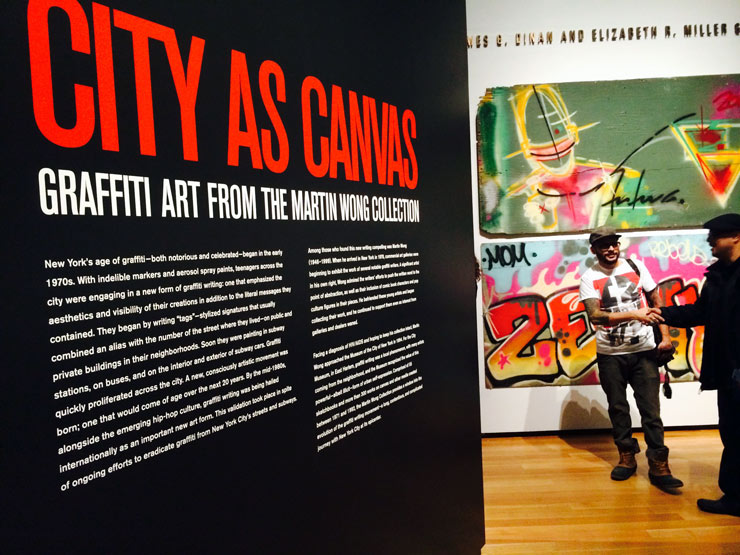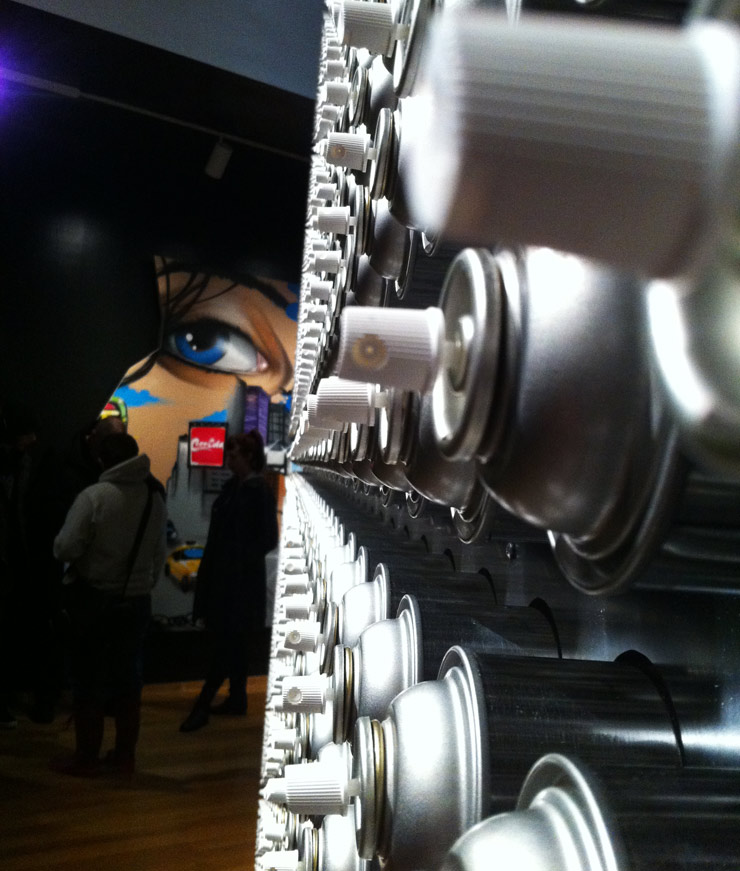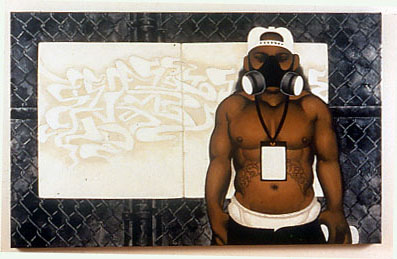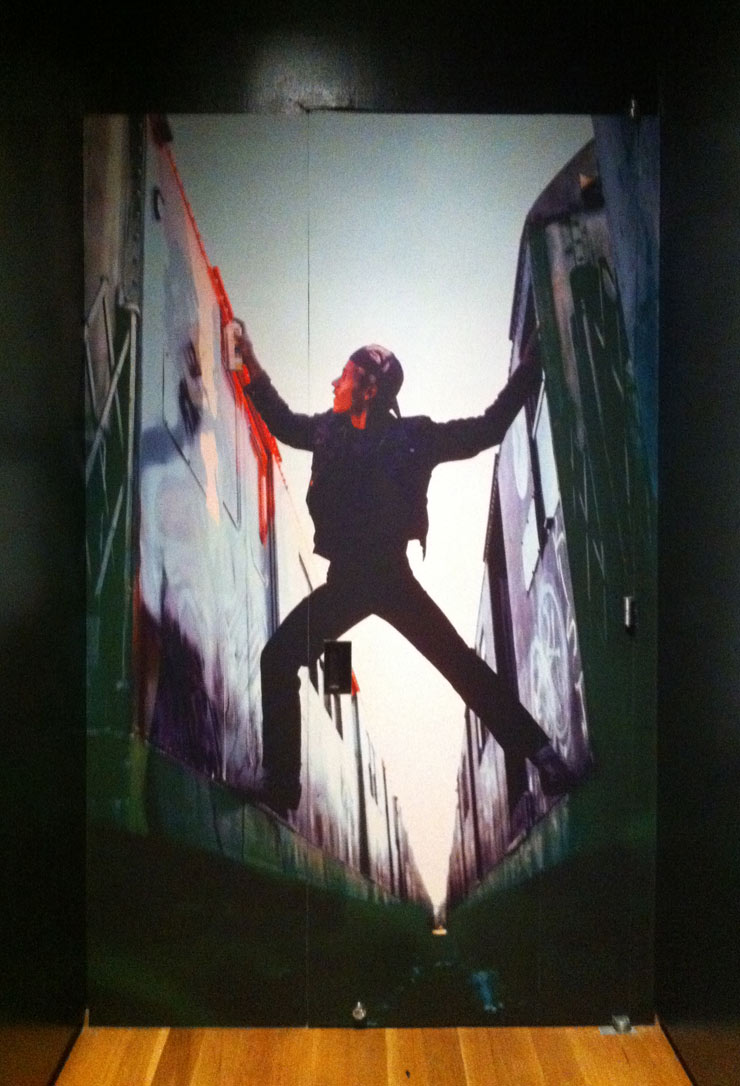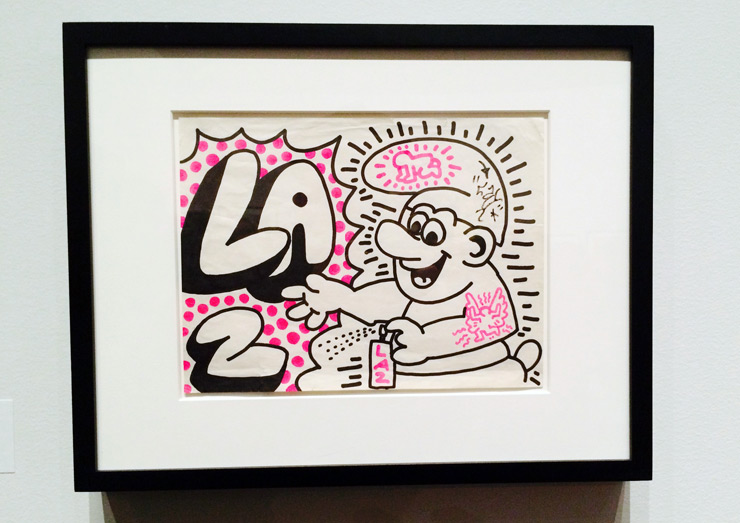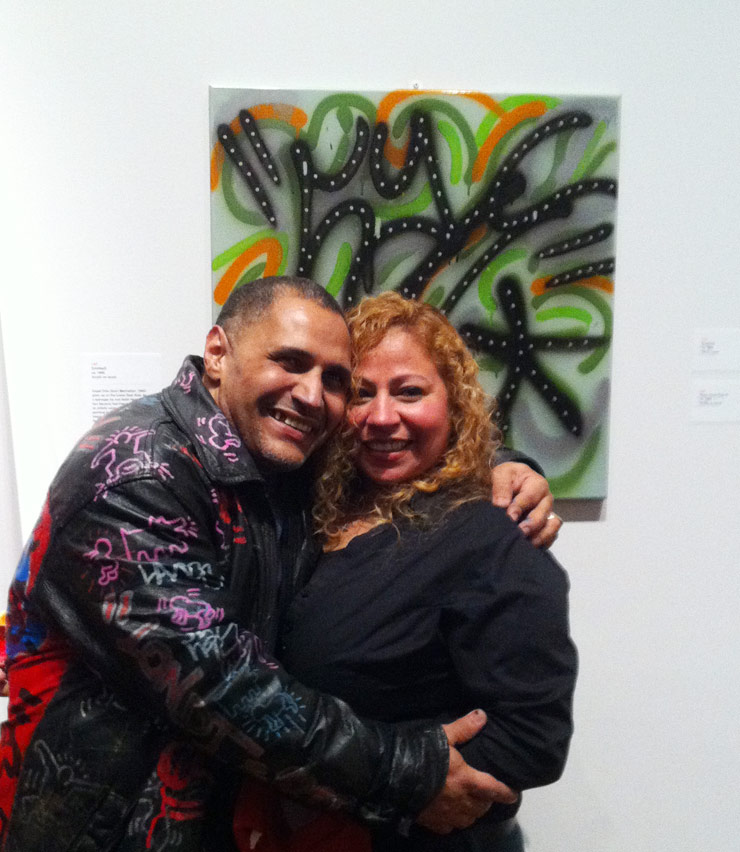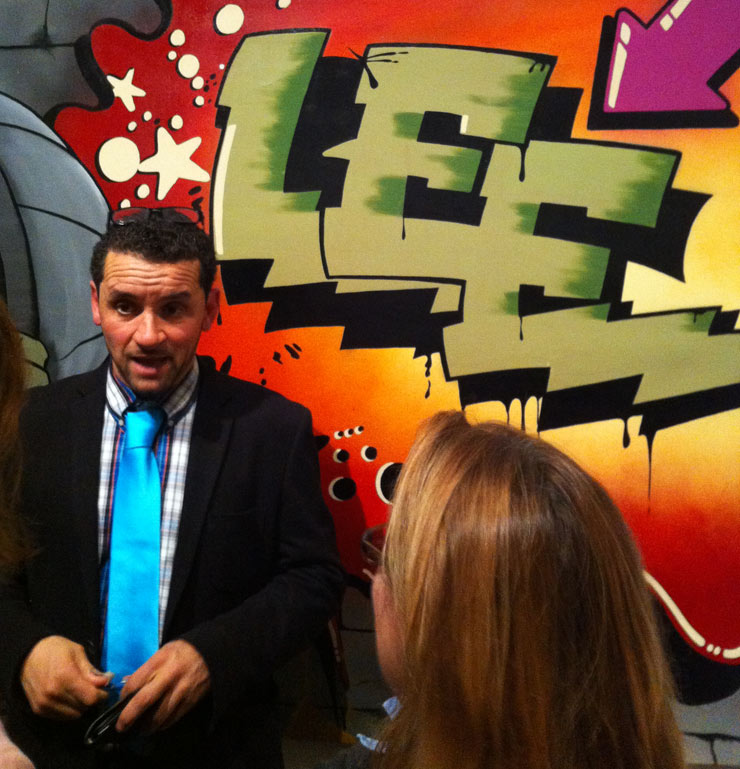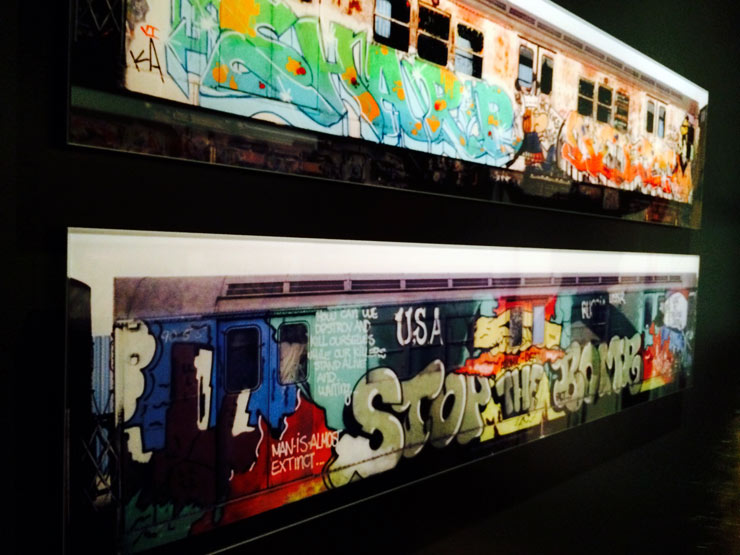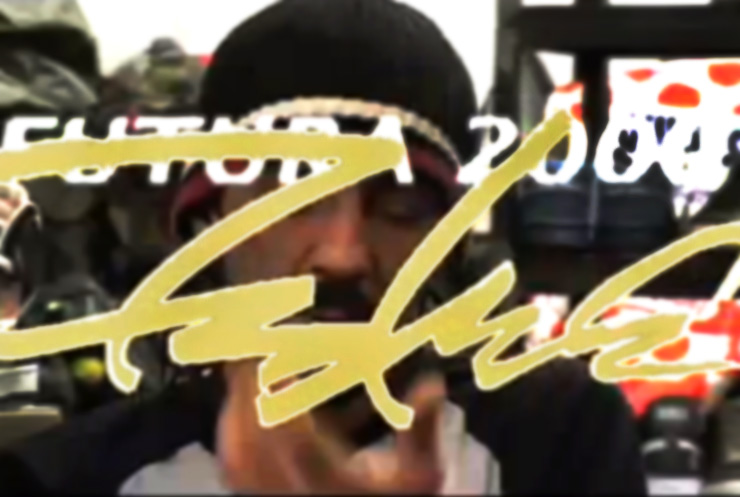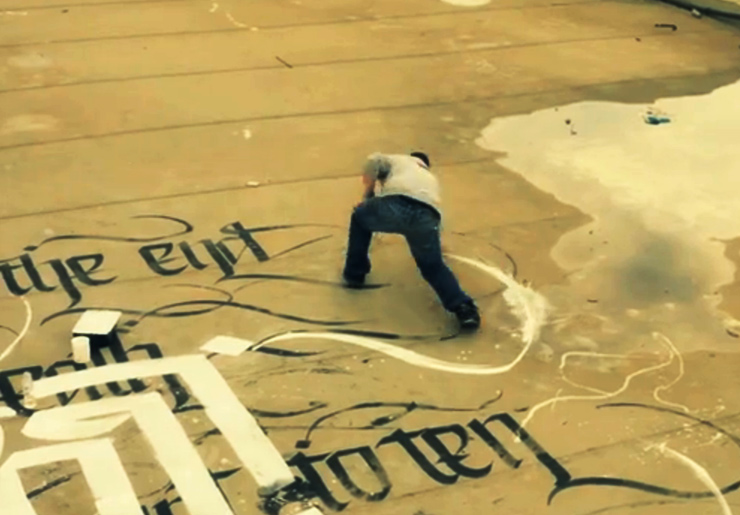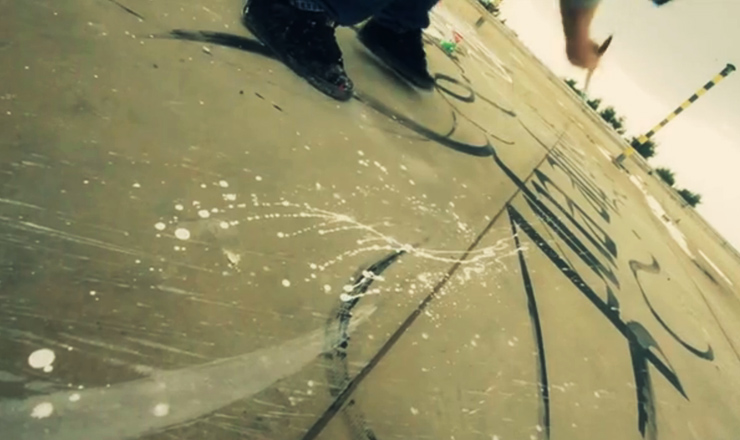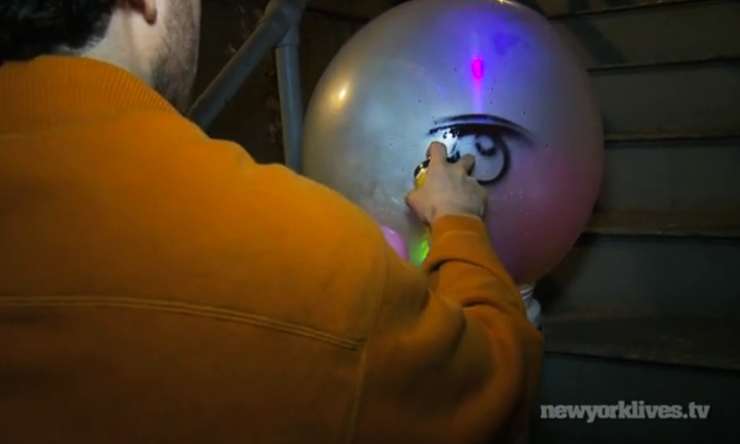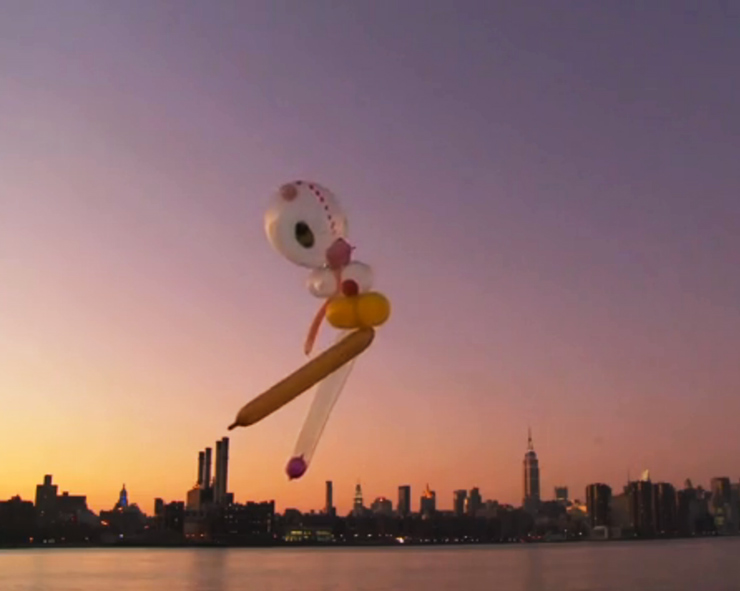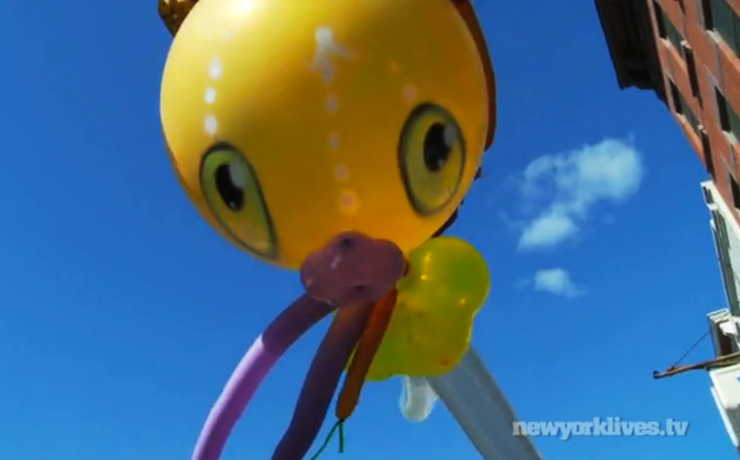Museum of the City of New York Presents
Above Ground: Art from the Martin Wong Graffiti Collection
In the heart of the Museum of the City of New York, Above Ground: Art from the Martin Wong Graffiti Collection unveils a vivid and largely underexplored chapter of the city’s cultural history. This exhibition pays tribute to Martin Wong—an artist, visionary collector, and tireless advocate for graffiti art and artists—whose life and work embody a deep commitment to the creativity and resilience of urban communities. Featuring previously unseen pieces donated to the museum 30 years ago, Wong’s collection captures the explosive energy of the graffiti movement, charting its transformation from wild and gritty expressions on subway cars to celebrated works in museum galleries.
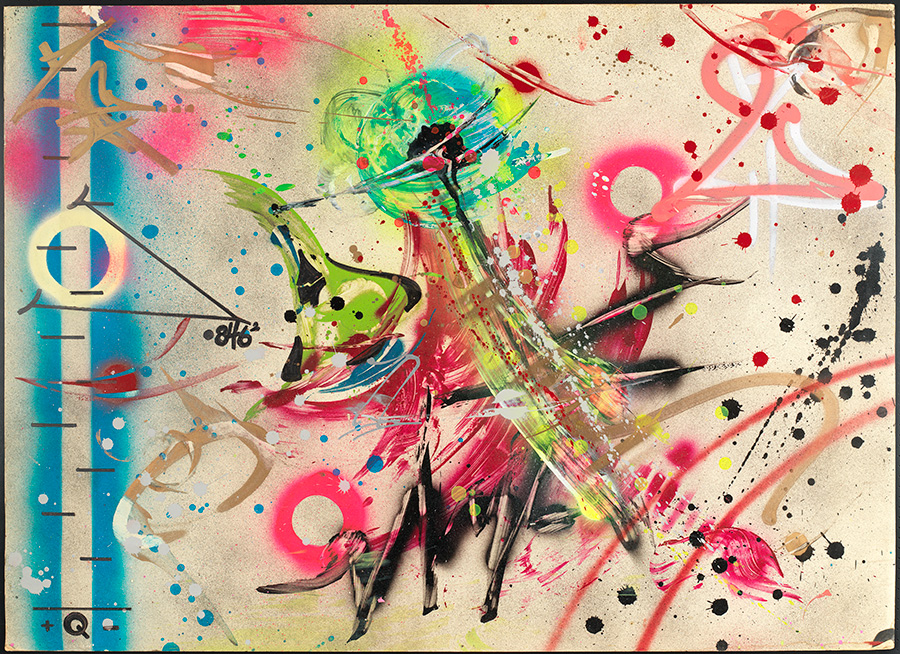
Born in Portland, Oregon, and raised in San Francisco’s Chinatown, Wong moved to New York City in 1978 and immersed himself in the electric art scene of the Lower East Side. Known for his richly detailed paintings and layered storytelling chronicling urban metaphors, brick walls, and themes of longing, Wong infused his work with themes of decay, identity, and queerness. His art also mirrored his fascination with the overlooked and undervalued, fueling his passion for graffiti as a powerful cultural movement and moment.
Arriving in New York at a pivotal moment for graffiti, Wong formed close relationships with trailblazing artists like Rammellzee, Lee Quiñones, Lady Pink, and Fab 5 Freddy. For Wong, graffiti wasn’t just an art form—it was a cultural force capable of redefining how we view public space and artistic expression. While mainstream critics at the time dismissed graffiti as no more than vandalism, Wong saw its significance and heard its voice, steadily collecting sketches, canvases, and photographs to preserve the movement’s energy and innovative inclinations. His welcoming approach provided a bridge for graffiti artists transitioning from the streets to galleries and created a time capsule of a fleeting yet transformative period in New York City’s cultural history.
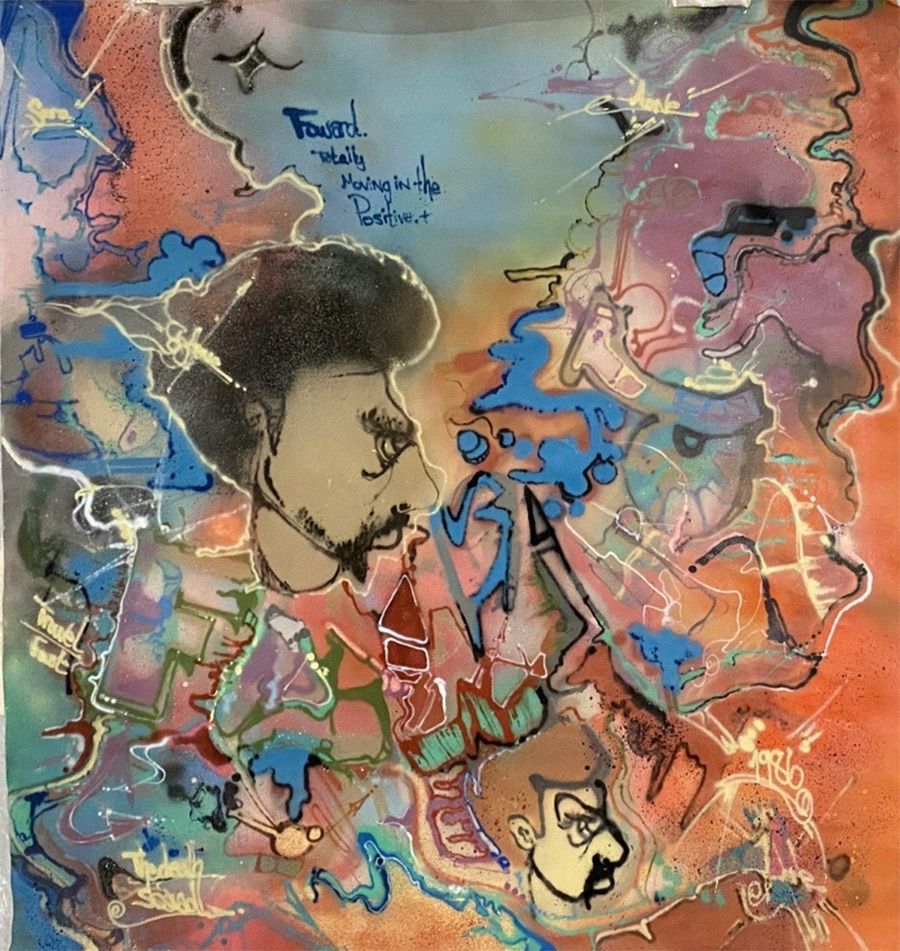
Above Ground offers visitors a chance to experience Wong’s vision firsthand, featuring iconic works by artists like Keith Haring, Futura 2000, and Tracy 168, alongside rare photographs by Martha Cooper and Henry Chalfant. The exhibition traces graffiti’s journey, from earliest subway tags to the East Village’s groundbreaking galleries, such as Fun Gallery and Fashion Moda, which first showcased, danced with, legitimized graffiti within a portion of the art world. It also explores how Wong’s foresight in preserving these works cemented graffiti’s role as a vital cultural and artistic movement.
“Above Ground celebrates the 30th anniversary of Martin Wong’s donation to the museum and the 10th anniversary of MCNY’s initial City as Canvas exhibition,” says Sean Corcoran, Senior Curator of Prints and Photographs at the Museum of the City of New York. “This show offers a renewed and expanded look at graffiti’s journey from NYC streets to the most prestigious galleries around the world.”
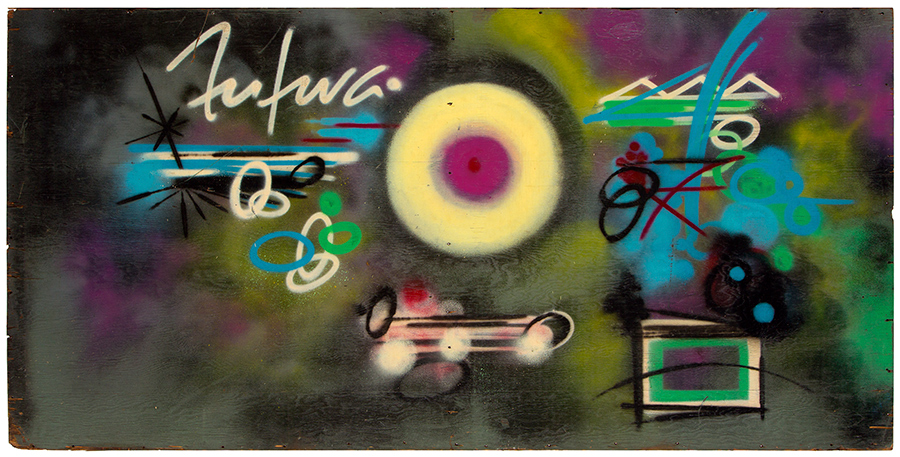
The exhibition’s relevance extends beyond nostalgia. At a time when art on the street is increasingly commercialized and public spaces are sanitized, Above Ground underscores the cultural importance of preserving graffiti’s original raw, unfiltered approach. The show invites a broader conversation about the movement of street art into institutional spaces—and questions if these transitions honor the art’s rebellious spirit while making it accessible to new audiences. Wong’s eye for collecting ensures these early talents remain vivid and vital, ready to inspire a new generation of creators navigating the evolving relationship between public art, the negotiation of public space, and the transition to gallery and museum walls.
By celebrating Martin Wong’s legacy and his eye, Above Ground preserves a crucial part of New York’s history, and thanks to the museum, it is open to viewers through Summer 2025.
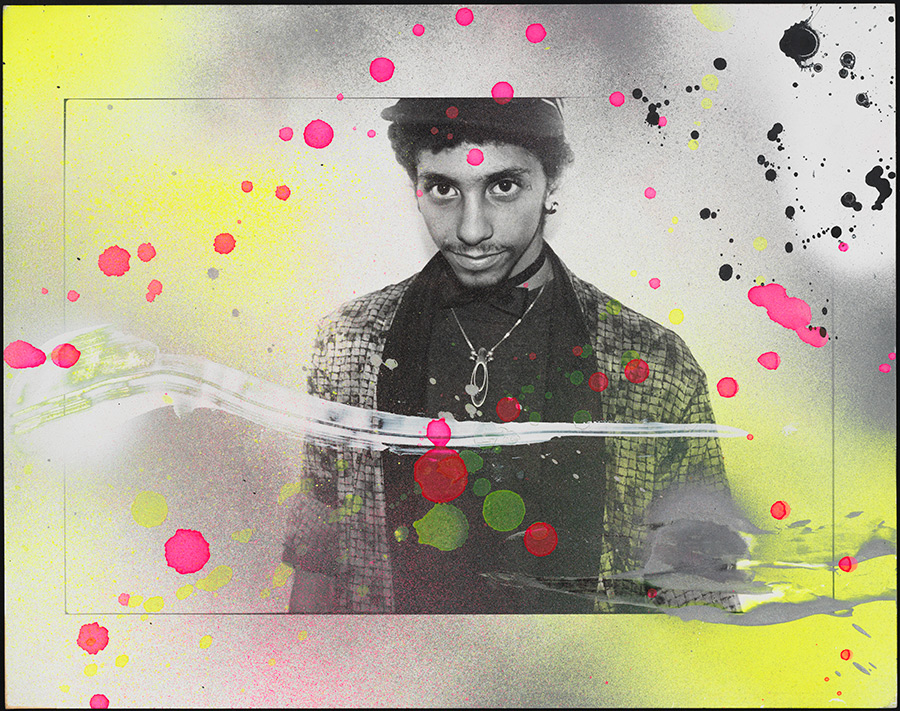
 BROOKLYN STREET ART LOVES YOU MORE EVERY DAY
BROOKLYN STREET ART LOVES YOU MORE EVERY DAY